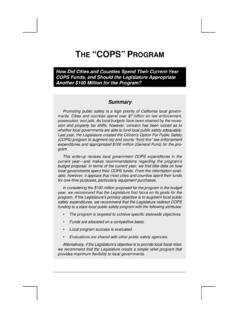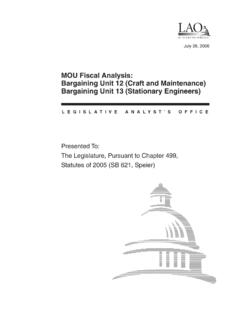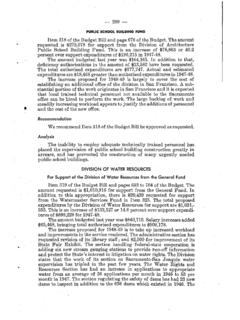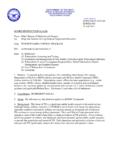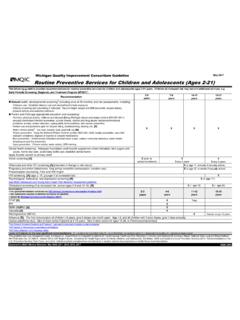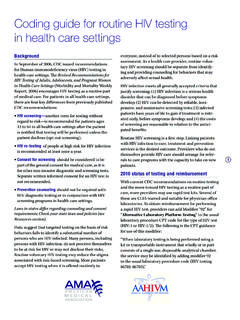Transcription of Review of Sampling and Extrapolation …
1 Review of Sampling and Extrapolation Methodologies, early and periodic screening , diagnosis and Treatment Claims Audits Prepared for the California Department of Mental Health, Medi-Cal, Epidemiology, and Forecasting Unit October 2006 By Randall MacIntosh, , Principal Investigator Senior Faculty Associate & Professor of Sociology Institute for Social Research California State University, Sacramento Table of Contents Page Issue 1: Does Sampling work? ..2 Issue 2: What is Sampling error and what can be done to reduce it?..2 Issue 3: How much Sampling error is present under the current process? ..3 Issue 4: Is the sample size sufficient for Extrapolation ? ..6 Issue 5: How much precision is there in the Extrapolation ?
2 7 Issue 6: How much larger should the sample be if more precision is desired?..8 Issue 7: Does it matter if more than one claim is selected from a client s chart?..10 Issue 8: Is the Raosoft calculator appropriate to determine sample size? ..12 Issue 9: What are the technical advantages and disadvantages of probe samples? ..12 Issue 10: What factors could invalidate the legal entity selection process?..12 EPSDT Sampling Study, Institute for Social Research October 2006 Page 1 Introduction This report is prepared at the request of the California Department of Mental Health, Medi-Cal, Epidemiology, and Forecasting unit on the basis of recent legislation. The DMH requested that the Review cover: The statistical validity of the proposed Sampling methodology that addresses the issues of stratified random selection, confidence intervals and related parameters, and sample size; the statistical validity of the Extrapolation methodology; the adequacy of the statistical software programs used for the above processes; the consequences to the State and Service Providers due to Sampling error; and, suggestions for improving the Sampling and Extrapolation methodologies.
3 On the basis of that scope of work, interviews were conducted with DMH staff and representatives of providers. Ten technical issues were identified in those conversations. We have sought to explain and evaluate these issues to promote a constructive dialogue between providers and the agency without an overwhelming morass of technical details. As this is a technical report, however, we have laid out some procedural alternatives for policymakers to consider. We have sought to make it explicit in several places that we wish to avoid making any policy recommendations. General conclusion Our general conclusion is that most aspects of the Sampling as implemented are at random and scientifically defensible. The precision of the estimates generated by the process, however, appears to be poor.
4 We offer several recommendations for improvement. Primary recommendations Our primary recommendation is for policymakers to consider establishing an acceptable precision range. Sample size would then be determined by the level of precision desired for recoupment amounts. Samples could be drawn in an iterative process until a desired precision is achieved. Under the present system, the sample size is fixed for each audit, regardless of the precision it affords. We also recommend the use of stratification on the basis of dollar amounts. Similarly, if there are several sites that deliver service to different types of clients, it may be desirable to stratify on the basis of location, as well. Other stratification variables may also be tested to reduce Sampling error We also recommend that sample characteristics be compared to population values as part of an on-going monitoring of the sample selection process.
5 Policymakers may consider reporting these values to other stakeholders to promote dialogue and transparency. EPSDT Sampling Study, Institute for Social Research October 2006 Page 2 It may be more appropriate to use a variable sample calculator, such as the one found in RAT-STATS. An alternative is to use the formulae found in statistical auditing textbooks. (References are provided on page 14.) These computations are straightforward and can be carried out in a spreadsheet. Issues for Review Issue 1: Does Sampling work? Most modern science relies on the use of random samples as a means of estimating unknown values in a population. It is possible, for example, to tell what s going on in your body from a few milliliters of blood.
6 It is not necessary to analyze the entire 5 liters of blood that we carry within us. That s because the small sample is representative of the entire supply from which it was randomly selected. There are many mathematical proofs that demonstrate that the mean (or average) from a properly drawn random sample will be a close estimate of the population average. While the sample mean will be close, it will not be precisely the population value. The discrepancy between the population average and the sample average is because of Sampling error. Issue 2: What is Sampling error and what can be done to reduce it? Sampling error is the difference that arises when using a sample to estimate an unknown population characteristic. It is, for example, the difference between the population mean and the sample mean.
7 Several factors determine the amount of error present in a sample. One factor is the amount of variation (or differences in magnitudes) in the population. A second factor is the size of the sample. Sample size can be adjusted to reduce Sampling error and obtain a desired level of precision. There is, of course, a trade-off in the cost of the study when sample size is increased. And the increase in precision obtained from a larger sample is not a straight line. In other words, increasing the sample size will only reduce the error up to a certain point. After that point, the increased cost of additional samples greatly exceeds the amount of additional information they would provide. This is shown below in Figure 1. EPSDT Sampling Study, Institute for Social Research October 2006 Page 3 0%5%10%15%20%25%30%35%10501002001,0003,0 00 Sample SizeAmount of Sampling Error Fig.
8 1. Relationship between sample size and Sampling error There is a given amount of variation in the population and this cannot be manipulated. There are, however, Sampling strategies that can be applied to address this problem. If there is a large amount of variation in the population, it is termed heterogeneous. Breaking the population into more homogeneous sub-groups is called stratifying. Sub-samples are then drawn from each stratum (group). This strategy typically results in a substantial reduction in Sampling error. If there is a large variation in the dollar value of claims, for example, it might be advisable to stratify on this basis and draw proportionate sub-samples from a pool of small claims and a pool of large claims.
9 Similarly, if there are several sites that deliver service to different types of clients, it may be desirable to stratify on the basis of location. This idea has already been implemented, in part, by stratifying by service type and restricting most audits to one type. This eliminates the heterogeneity with regard to service function. As outlined above, other stratification variables also may be tested to reduce Sampling error. Issue 3: How much Sampling error is present under the current process? An analysis of a recently completed audit of a legal entity (labeled for purposes of this report LE00A) provides an illustration of Sampling error. As shown in Table 1, the mean value of the universe (population) of all 5,839 claims filed within the mental health services category is $ That is to be contrasted with the mean of $ derived from a sample of 190 claims.
10 The sample mean overstates the actual population mean by approximately $24. As will be shown later, this Sampling error has implications for Extrapolation . Claims Mean Claims universe (population) $ Total sample of 190 claims $ Disallowed claims only $ Table 1. Averages (means) from the LE00A audit. EPSDT Sampling Study, Institute for Social Research October 2006 Page 4 Two points should be noted. First, if the process was repeated and another audit sample drawn, it would be expected to be as likely to under-estimate the population mean by a similar amount. Additional study would be required to determine of this over-estimate is simply an unlucky occurrence for the legal entity1 because of random error, or a systematic defect.





